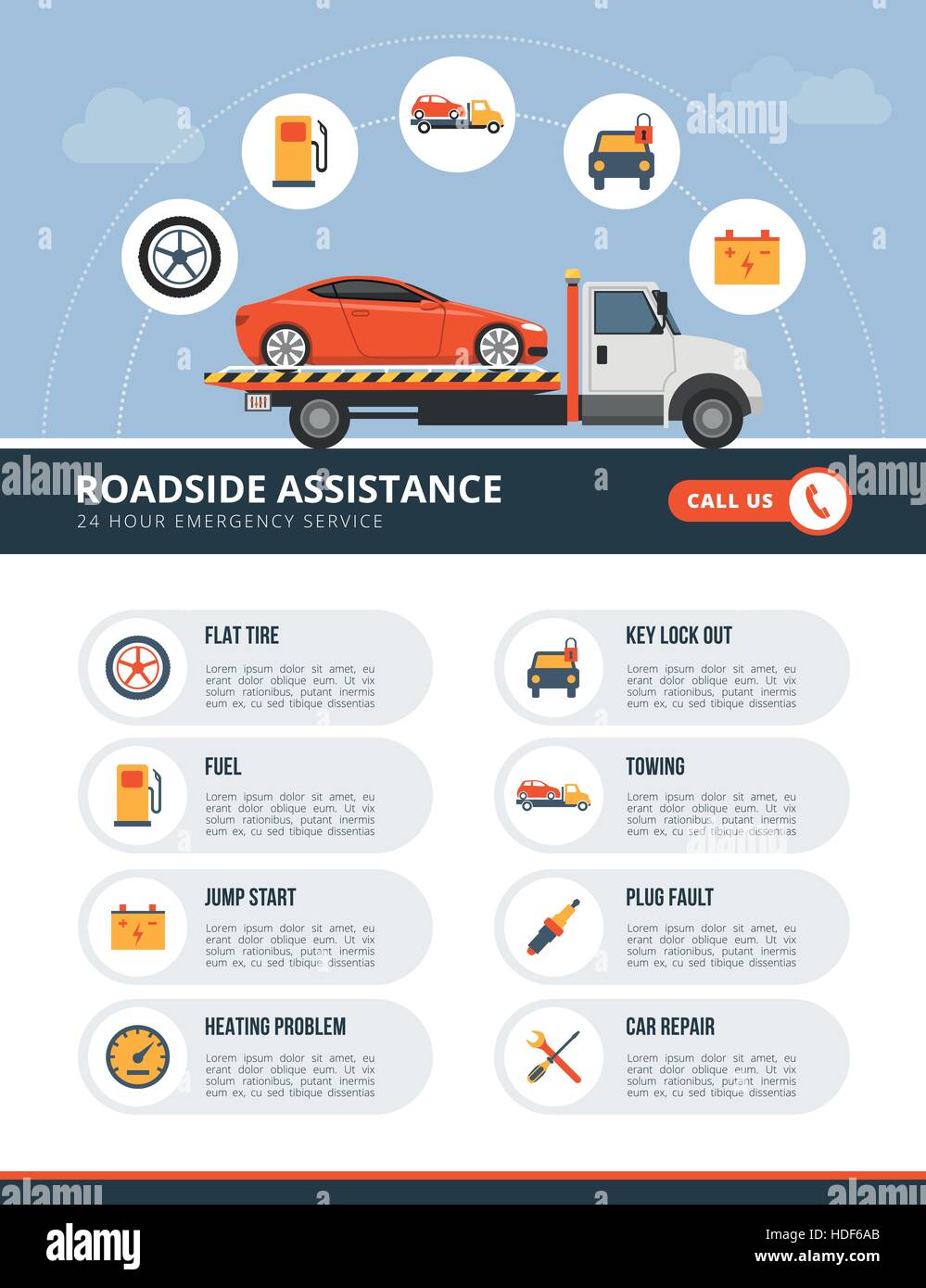Recognizing Your Cars And Truck'S Caution Lighting: What Do They Actually Mean?
Recognizing Your Cars And Truck'S Caution Lighting: What Do They Actually Mean?
Blog Article
Content Writer-Boye Corbett
When you lag the wheel, those radiant warning lights on your control panel can be a bit complicated. Do you know what they're attempting to tell you concerning your automobile's health? Recognizing the value of these lights is crucial for your safety and security and the durability of your automobile. So, the following time among those lights pops up, would not you wish to analyze its message properly and take the necessary steps to address it?
Common Caution Lights and Interpretations
Identify usual warning lights in your cars and truck and understand their meanings to make sure risk-free driving.
The most regular caution lights consist of the check engine light, which signifies problems with the engine or exhausts system. If this light comes on, it's crucial to have your car inspected quickly.
The oil stress warning light suggests low oil pressure, needing instant focus to stop engine damages.
A blinking battery light could suggest a malfunctioning charging system, possibly leaving you stranded otherwise dealt with.
The tire pressure tracking system (TPMS) light notifies you to low tire stress, influencing automobile stability and gas efficiency. Neglecting this could lead to risky driving conditions.
The abdominal muscle light suggests an issue with the anti-lock braking system, compromising your capacity to quit promptly in emergency situations.
Lastly, the coolant temperature cautioning light warns of engine getting too hot, which can result in severe damage otherwise dealt with swiftly.
Recognizing these usual warning lights will help you address issues quickly and keep risk-free driving conditions.
Value of Prompt Interest
Recognizing the typical caution lights in your auto is only the first step; the importance of quickly dealing with these cautions can not be emphasized enough to ensure your security when driving.
When a caution light brightens on your control panel, it's your car's means of connecting a potential issue that needs focus. Disregarding these cautions can lead to a lot more severe issues later on, endangering your safety and possibly costing you extra out of commission.
Trigger interest to alerting lights can avoid breakdowns and accidents. For instance, a blinking check engine light can show a misfire that, if left neglected, could cause damages to the catalytic converter. Addressing this immediately can save you from an expensive repair service.
Likewise, a brake system advising light could indicate low brake fluid or worn brake pads, important elements for your security when driving.
Do It Yourself Troubleshooting Tips
If you observe a warning light on your dashboard, there are a few do it yourself repairing pointers you can attempt before looking for professional help.
The first step is to consult your automobile's guidebook to comprehend what the particular warning light shows. Occasionally https://www.globenewswire.com/en/news-release/2022/01/03/2360341/0/en/Automotive-Aftermarket-Size-to-Hit-US-950-1-Billion-by-2027.html can be as simple as a loose gas cap activating the check engine light. Tightening the gas cap may resolve the trouble.
An additional common issue is a low battery, which can trigger different advising lights. Checking the battery links for deterioration and ensuring they're safe and secure could deal with the issue.
If a caution light lingers, you can attempt resetting it by separating the cars and truck's battery for a few minutes and after that reconnecting it. Additionally, inspecting your lorry's fluid degrees, such as oil, coolant, and brake liquid, can assist fix alerting lights related to these systems.
Verdict
To conclude, comprehending your auto's caution lights is important for keeping your lorry running smoothly and safely. By quickly addressing carwashcocklebah and understanding what they suggest, you can stay clear of costly repairs and potential failures.
Remember to consult your car's guidebook for certain information on each alerting light and act as necessary to make sure a hassle-free driving experience.
Remain educated, stay safe on the road!
